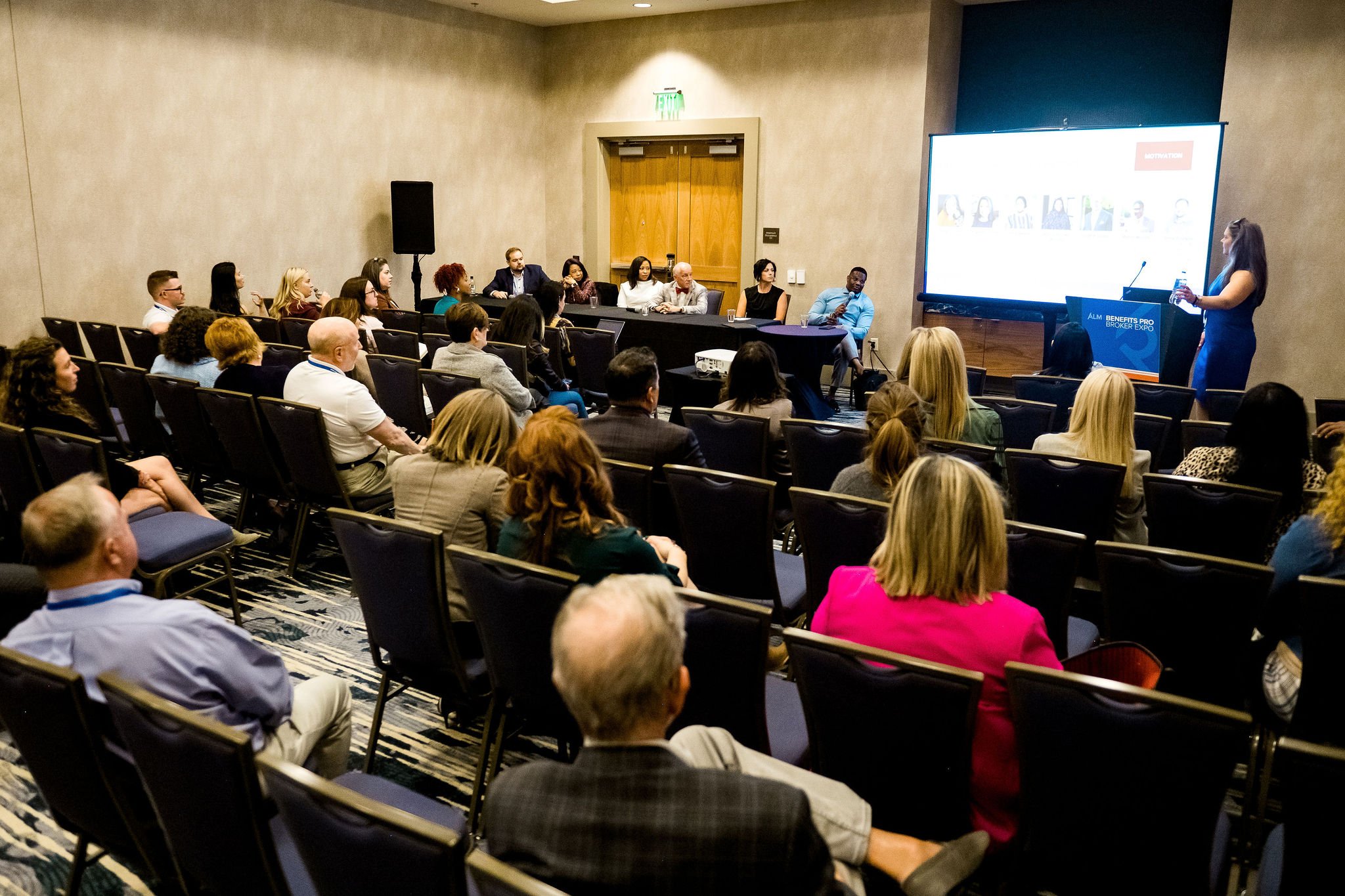 A positiveoffboarding experience can create a brand ambassador and possibly aboomerang employee, but it also makes a positiveimpression your current employees. (Photo: Shutterstock)
A positiveoffboarding experience can create a brand ambassador and possibly aboomerang employee, but it also makes a positiveimpression your current employees. (Photo: Shutterstock)
Do you remember how many jobs your parents had? It's likelythey worked for one company for 20 or even 30 years. If such ascenario seems like a relic of a bygone era, that's because itis—today, the average employee spends only 4.2 years with an employer. For millennials, thelargest generation in the workforce, that number drops to just 2.8years with an employer. However, according to a Workplace Trends report, 46 percent ofmillennials say they would return to a previous employer.
|As leaders, we of course want our workforces to be satisfied andengaged enough to stay with our organization for many years. But intoday's labor market, we need to embrace the reality of turnover and seek to make it apositive experience, not something to be feared.
|Related: Why helping employees look for a new job can begood for business
|How can we do that? A robust offboarding strategy can make thedifference between an unhappy exit or a fond farewell for anemployee. Here are three reasons why your company needs aworld-class offboarding process, especially for those employees whoyou want to return someday.
|1. Yelpification
We live in the age of Glassdoor and Indeed, where employees reviewtheir workplaces, managers and company culture just like theyreview restaurants on Yelp. That means maintaining a positive“employer brand” is more important than ever, especially withsocial media amplifying online sentiment with lightning speed.
|If former employees leave negative reviews on popular websites,that will drive away future talent and interested candidates. Infact, nearly 1 in 3 employees have declined a job offerprimarily because of online reviews, and almost half(47 percent) of millennials have rejected an offer forthat reason. Also, be aware that potential hires will often reachout to previous employees via LinkedIn to find out what it's reallylike to work at your company. Sending employees off with a positiveexperience is a valuable way to protect your company's reputationand guard against negative reviews that can impact futurerecruiting efforts.
|Your organization should utilize tools such as benefits administration software that assuresemployees they can have seamless benefits coverage as theytransition to a new opportunity. Concern over losing benefitscoverage is a stressful component of changing jobs, especially forthose with medical conditions or families. Work with your HRleaders to ensure that your HR department prioritizes theoffboarding transition. Employees leaving the organization shouldknow that they can continue their coverage in a capacity that fitstheir unique needs, and that your HR department will guide themthrough the offboarding process.
|Also, encourage HR professionals to make connections withdeparting employees. Invite employees to be a part of your alumninetwork if you have one (and if you don't, you should start one),where they can act as brand ambassadors. Social media sites such asLinkedIn and Facebook make these networks increasingly easy toestablish and maintain, allowing your HR department to retaincommunications.
|2. Boomerangs are welcomed
Goodbye doesn't have to mean forever, and increasingly it's moreof a “see you later,” since 39 percent of employers plan to hire formeremployees. An employee may leave to pursue a dream job they justcouldn't pass up or to take a chance on a startup. By making theoffboarding process a positive experience, you're letting theemployee know that your organization values their choices andunderstands their need to pursue an opportunity. Then, if theirsituation changes, or perhaps the new opportunity doesn't work out,these employees will be more inclined to return to yourorganization since they left the bridge intact, not burned.
|These “boomerang” employees have a shorter learning curve forthe onboarding and training processes, which saves time and money.In fact, the average cost-per-hire for new employees is around$4,000, yet boomerang employees can cost much less since they'realready familiar with company policies, programs and culture.Returning employees also bring new experiences, sometimes evenincreased levels of education, back to your company. Yourorganization will benefit from their enriched perspectives and newskills, while still enjoying upsides such as faster and less costlyonboarding.
|3. Sendoffs matter to those who stay.
A positive offboarding experience can create a brand ambassadorand possibly a boomerang employee, but it also signifies to yourcurrent employees that you and your leadership team respect theirdecisions and want to help them in their next steps. Does yourorganization have a thoughtful and attentive exit interview processin place? When an employee chooses to leave, do they feel liketheir reasons for doing so are truly heard and understood? Is yourHR team establishing connections to stay in touch with an employeewho leaves? These gestures may not seem like much, but they areextremely important for an employee to end their time with yourorganization on the best possible note.
|Additionally, these gestures speak to your remainingemployees about why it's great to work for your company—it's ademonstration of empathy in the workplace and shows that yourorganization values employees as human beings who are makingdecisions and going through changes. With employees more likely tostay with an empathetic employer, these positive good-byes can leadto more employees wanting to stay. That reduces the original issueat hand—turnover—thereby saving money and gaining efficiencies.
|Just as we won't go back to days without email, we're not goingback to a time when employees spend their entire career with onecompany. But this reality doesn't have to be a liability foremployers. Ensuring your organization takes offboarding asseriously as onboarding — and that it's an equally positiveexperience — can turn this growing trend of the modern workplaceinto an advantage.
Read more:
- Exit interview feedback is going to gooduse
- Former employees can damage your company's image.Here's what to do about it.
- 5 unconscious factors impacting your performancereviews and how to stop them
Rae Shanahan is chief strategyofficer at Businessolver.
Complete your profile to continue reading and get FREE access to BenefitsPRO, part of your ALM digital membership.
Your access to unlimited BenefitsPRO content isn’t changing.
Once you are an ALM digital member, you’ll receive:
- Critical BenefitsPRO information including cutting edge post-reform success strategies, access to educational webcasts and videos, resources from industry leaders, and informative Newsletters.
- Exclusive discounts on ALM, BenefitsPRO magazine and BenefitsPRO.com events
- Access to other award-winning ALM websites including ThinkAdvisor.com and Law.com
Already have an account? Sign In
© 2024 ALM Global, LLC, All Rights Reserved. Request academic re-use from www.copyright.com. All other uses, submit a request to [email protected]. For more information visit Asset & Logo Licensing.








